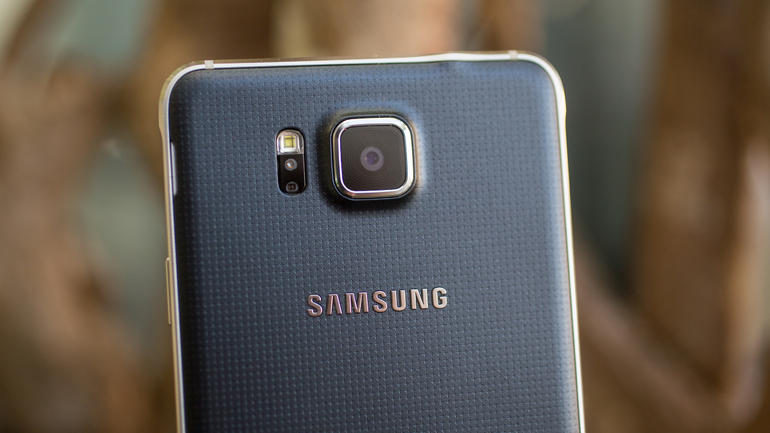Most of us who use technology every day would have accidentally deleted a file that was never to be seen again. We can accidentally delete files permanently by emptying a recycling bin on a Windows computer when we meant to press the restore recycling bin button, when we click the option to delete permanently from our website instead of hit the restore button, and a number of other circumstances that pop up every now and then during our daily activities. Mobiles phones also have a safety mechanism in place where everything you delete will sit in a deleted folder for a little while just in case you did want to go back and restore something you deleted earlier. It’s a common problem for mobile devices because we often want to delete files for the sole reason for freeing up necessary space and not just because we wanted to get rid of a picture. With that being said, there are still masses of people who do go the extra mile and click the option to empty the deleted folder where it is now vanished for good — or is it?
As it turns out, nothing is gone for good if you have root access to the internal system. There are a few applications that can help you restore lost pictures, music files and other lost archives that you previously deleted. One of those applications is the DiskDigger app. The DiskDigger application is a professional undelete tool that can recover just about anything you deleted in the past that was placed on the internal SD card storage. You can choose to recover your found items from the DiskDigger app through an FTP server, sent directly to your local storage options or you can even send it off to an email account.

The DiskDigger application is available for all people who root the Samsung Galaxy Alpha smartphone and is always mentioned as one of the best root applications for a rooted Android device. Here is everything you need to install the DiskDigger app or any other root app on the Samsung Galaxy Alpha SM-G850M smartphone running on the Android 5.0.2 Lollipop update.
Files You Need
- The rooting file in this guide is based on LRX22G.G850MUBU2COI2 firmware. It does not mean you need to be running that firmware on your Galaxy Alpha device. Chainfire gives that build ID information so you may use it as an indicator only. The guide works for any firmware build ID of Android 5.0.2 Lollipop.
- Download the new CF-Auto-Root tool for the SM-G850M on Android 5.0.2 from here.
Rooting the Samsung Galaxy Alpha SM-G850M running Android 5.0.2 Lollipop
- Enable the USB Debugging Mode on the Galaxy Alpha.
- Extract the rooting file by Chainfire to the desktop of the computer.
- Right-click on the Odin executable file and select “run as administrator”.
- Do not change any of the default settings from the Odin flashing tool once you open the app.
- Boot the Samsung Galaxy Alpha SM-G850M to download mode connect it to the computer.
- Look at the Odin application for a yellow or blue ID: COM port signifying that your device is now detected and the drivers are working. If the Galaxy Alpha is not detected at all, you should install the universal ADB driver and try again.
- Click the AP button and upload the rooting file from the desktop ending in the tar.md5 extension for your Alpha device.
- Click the Start button.
- Wait until you can see a green box from the Odin application with a pass message inside that box.
Look at the smartphone display of your Alpha device and wait until it says your device is getting the stock recovery restored, is cleaning up and then going to reboot in 10 seconds.
In conclusion, that’s how to root the Samsung Galaxy Alpha SM-G850M smartphone running on the Android 5.0.2 Lollipop software update. Any Alpha smartphone that does not get into recovery mode at the end of the guide automatically will need to be booted to recovery mode manually instead or else the rooting will not have worked. Alternatively, you might prefer just trying to the guide from the start again.
Those of you still having problems getting the guide to work should consider installing a different version of the Odin flashing tool. The Odin flashing app comes with the CF-Auto-Root tool. However, there are other version available that are older. Sometimes people find different version flash for certain devices.